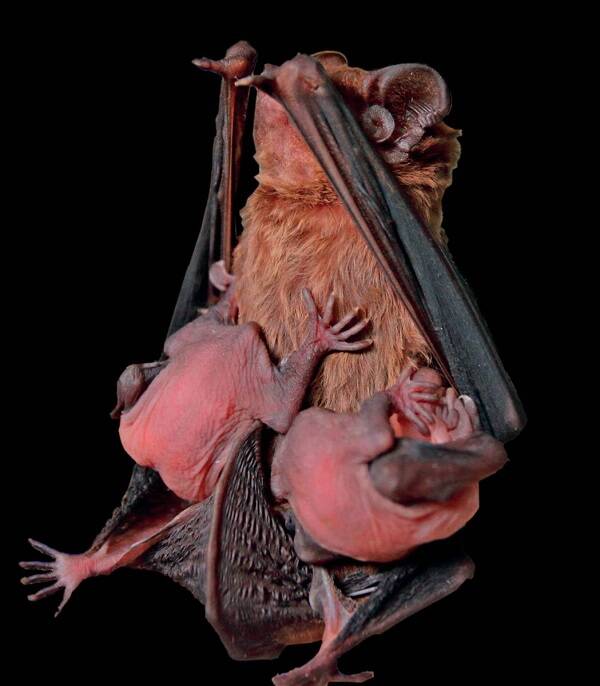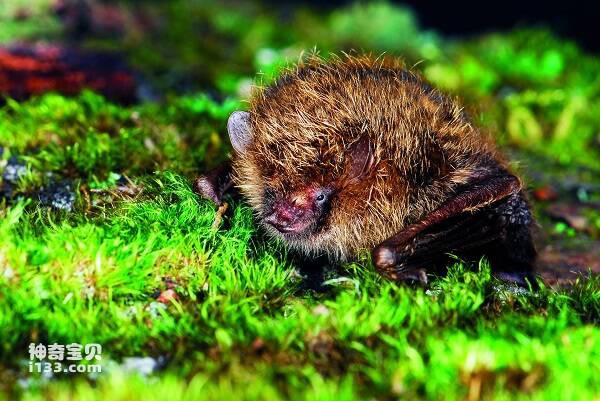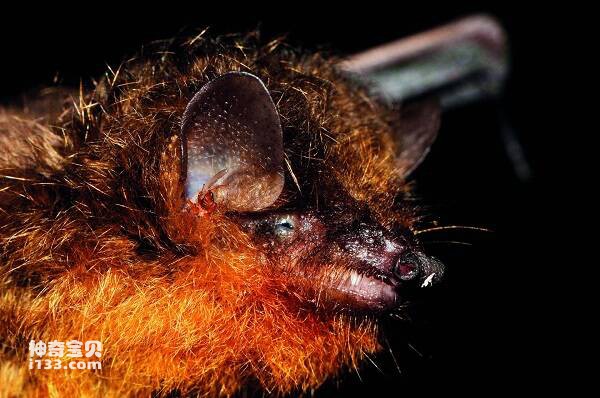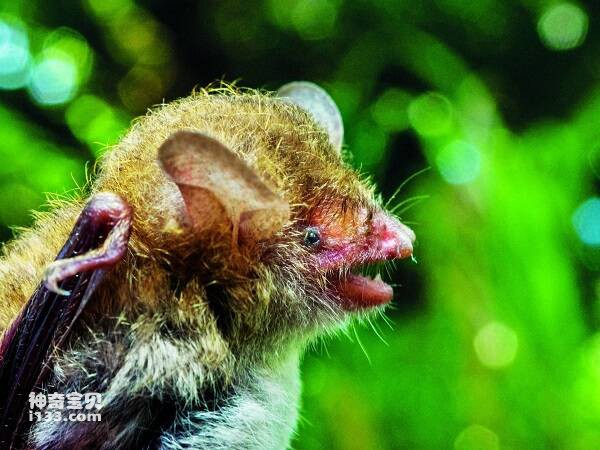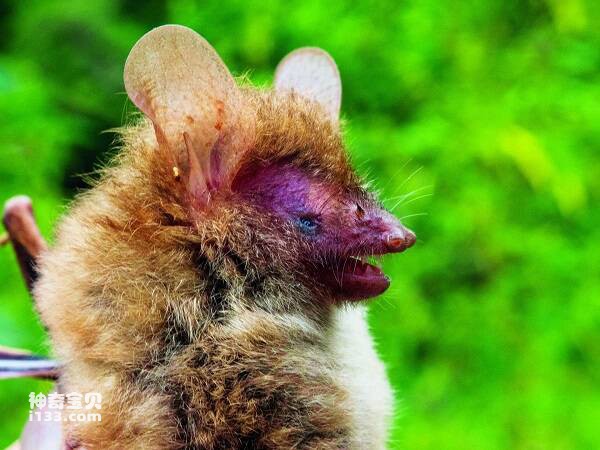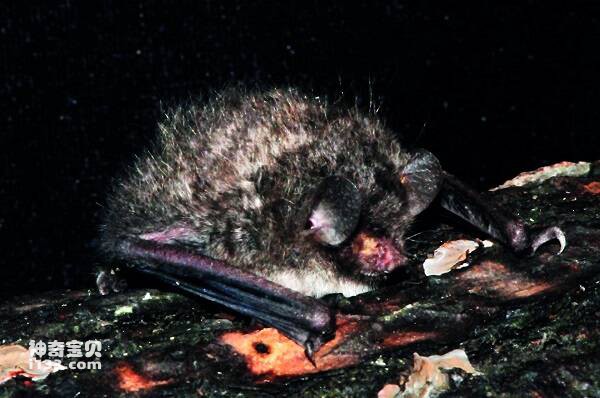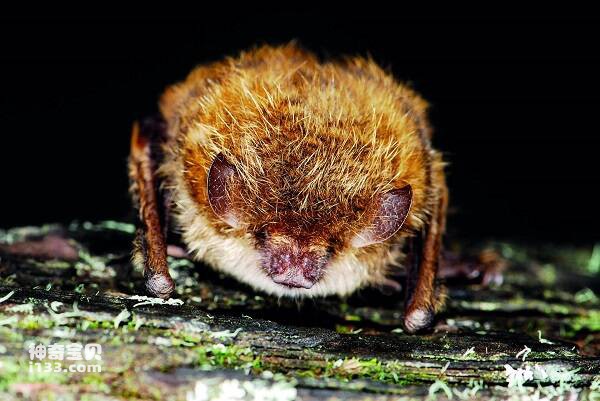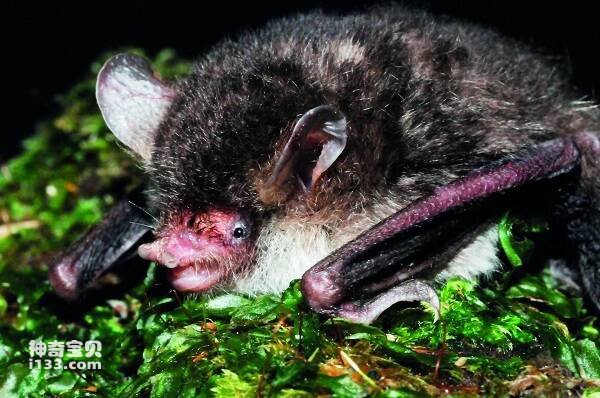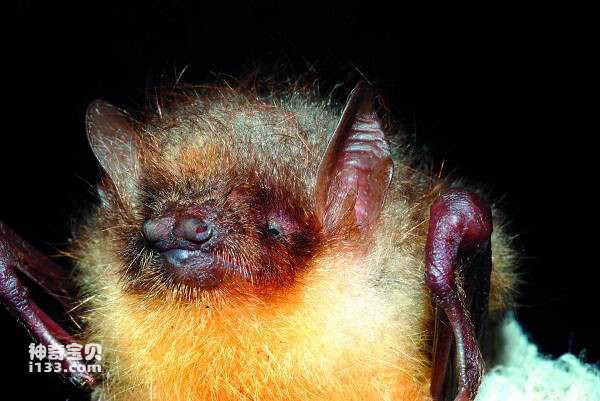Chinese Noctule
IUCN
LCBasic Information
Scientific classification
- name:Chinese Noctule
- Scientific Name:Chinese Noctule,Nyctalus plancyi
- Outline:Chiroptera
- Family:Chiroptera B.family M.Bat
Vital signs
- length:
- Weight:
- lifetime:
Feature
The short ears are blunt triangles, and the body hair is short and shiny.
Distribution and Habitat
It is endemic to China. It is distributed in Anhui, Beijing, Gansu, Guangdong, Guangxi, Guizhou, Hebei, Henan, Hubei, Jiangxi, Liaoning, Shandong, Shaanxi, Sichuan, Xinjiang, Yunnan, Zhejiang, Hong Kong and Taiwan.
Eaves, ceilings, Windows and doors inhabit gaps, especially in old buildings, but also in tree holes.
Appearance
Medium size. Forearm length 50-55mm. The ear is short and wide, a blunt triangle, the end of the ear is blunt, and the back edge of the ear reaches the mouth corner; The tragus is short and wide, slightly kidney shaped. The wing is long and narrow, the wing membrane ends at the toe; The interfemoral membrane is vertebral, and the calcaneal membrane is more developed. The fifth finger is short and its length is only slightly longer than that of the third or fourth metacarpal bone. The body hair is short and fluffy, glossy; The back coat is dark brown or tan, the underbody is lighter, and the chest hair is slightly sandy gray.
Details
The Chinese bat lives in old buildings, tree holes and caves. The cluster is usually lurking in the ceiling mezzanine, eaves and wall cracks, sometimes with the pipistrella, brown bat and the same habitat. The pregnancy period is about 2 months, the lactation period is 6-7 weeks, and each fetus is 1-2 children, with 2 children being the majority. Hibernating and migrating. Come out at night to hunt for flying insects. The Nyctalus velutinus was once used as a synonym for the species.
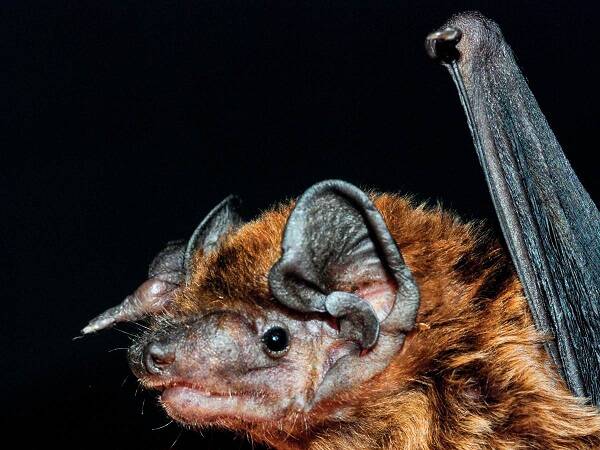
Chinese mountain bats live in clusters, with more than 10 individuals in each group, up to more than 100 individuals, and their activity changes with seasonal factors. When there is no rain in summer and early autumn, they come out in the evening, fly out of their habitat at about 17:30-20:00, and return to their habitat at about 4:00-5:30 in the morning of the next day. The annual activity time begins in early April, the earliest in mid-March, when the temperature rises to more than 14 ° C, in November, the temperature dropped to 16 ° C below the hibernation, hibernation period of about 4 months, the hibernation period is longer than pipistreus bats. Its annual activity cycle and daily activity cycle are shorter than that of its associated Pipistrella.
At the end of hibernation, Chinese mountain bats began to forage and feed on insects, mainly nocturnal flying insects such as diptera, lepidoptera, hymenoptera and Coleoptera.
Listed on the International Union for Conservation of Nature (IUCN) 2008 Red List of Threatened Species ver 3.1 - Not Threatened (LC).
